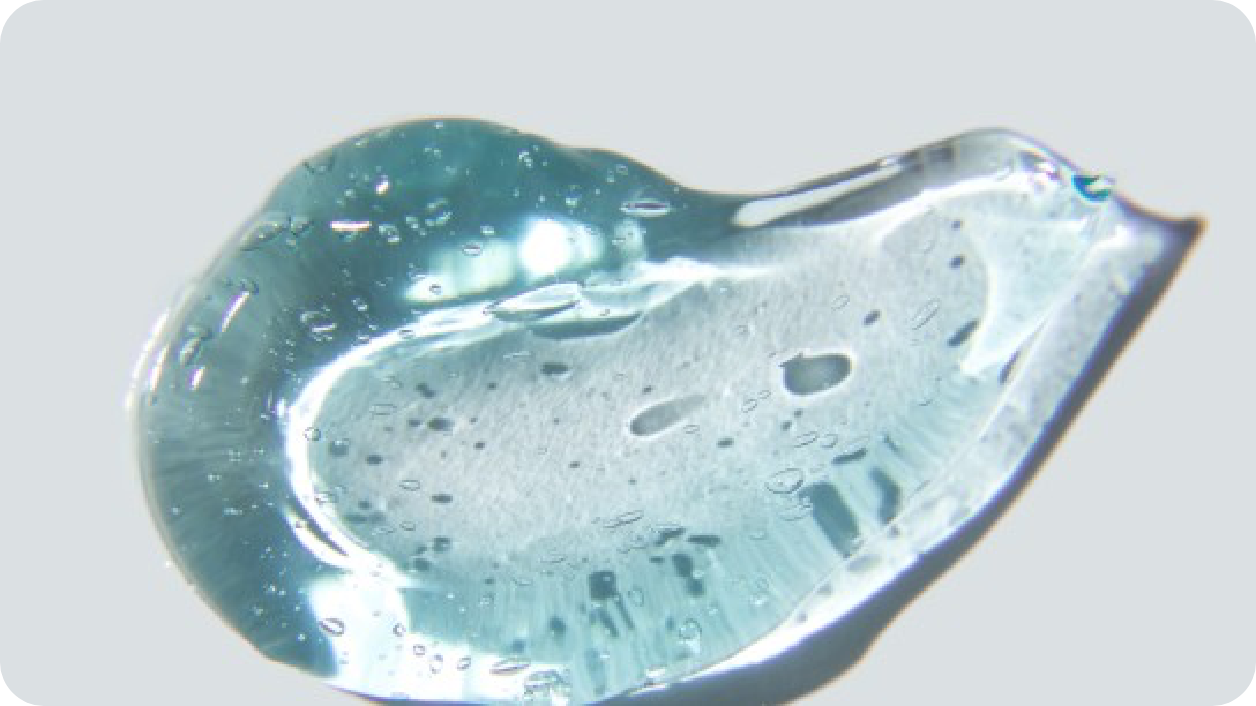Isobornyl methacrylate (IBOMA) is a specialized chemical compound with diverse industrial applications, particularly in the production of polymers, adhesives, and coatings. Here are some common uses:
- UV-Curable Coatings: IBOMA is utilized as a reactive diluent or monomer in UV-curable coatings formulations. It undergoes polymerization when exposed to ultraviolet (UV) light, contributing to the development of durable, scratch-resistant coatings for various substrates.
- Adhesives: IBOMA serves as a crosslinking agent or reactive diluent in the formulation of adhesives, especially in pressure-sensitive adhesives (PSAs) used in tapes, labels, and stickers. It helps improve the adhesion strength, flexibility, and heat resistance of adhesives.
- Acrylic Resins: IBOMA is a key component in the synthesis of acrylic resins and polymers. It acts as a monomer in the polymerization process, leading to the formation of acrylic materials with desirable properties such as transparency, weatherability, and chemical resistance.
- Printing Inks: IBOMA is employed in the formulation of printing inks, particularly in UV-curable inkjet and screen printing inks. It facilitates rapid curing of the inks upon exposure to UV light, resulting in high-quality prints with excellent adhesion and color retention.
- Optical Materials: IBOMA finds applications in the production of optical materials such as lenses, prisms, and optical fibers. It helps enhance the optical clarity, refractive index, and dimensional stability of these materials, making them suitable for various optical applications.
- Surface Coatings: IBOMA is used in the formulation of surface coatings for wood, metal, plastic, and other substrates. It provides excellent adhesion, chemical resistance, and weatherability to the coatings, making them suitable for indoor and outdoor applications.
- Photopolymer Resins: IBOMA is utilized in the production of photopolymer resins for stereolithography (SLA) and digital light processing (DLP) 3D printing technologies. It serves as a reactive monomer that undergoes photopolymerization upon exposure to UV light, enabling the rapid fabrication of high-resolution 3D parts.
- Electronic Materials: IBOMA finds applications in the electronics industry for the production of encapsulants, potting compounds, and conformal coatings. It provides excellent electrical insulation, moisture resistance, and thermal stability to electronic components.
- Textile Treatment: IBOMA may be used in textile finishing processes to impart water repellency, stain resistance, and wrinkle resistance to fabrics. It forms durable crosslinked networks within the textile fibers, enhancing their performance and durability.
- Biomedical Materials: IBOMA-based polymers are explored for biomedical applications such as tissue engineering scaffolds, drug delivery systems, and medical implants. The biocompatibility and tunable properties of IBOMA polymers make them promising candidates for various biomedical devices.


